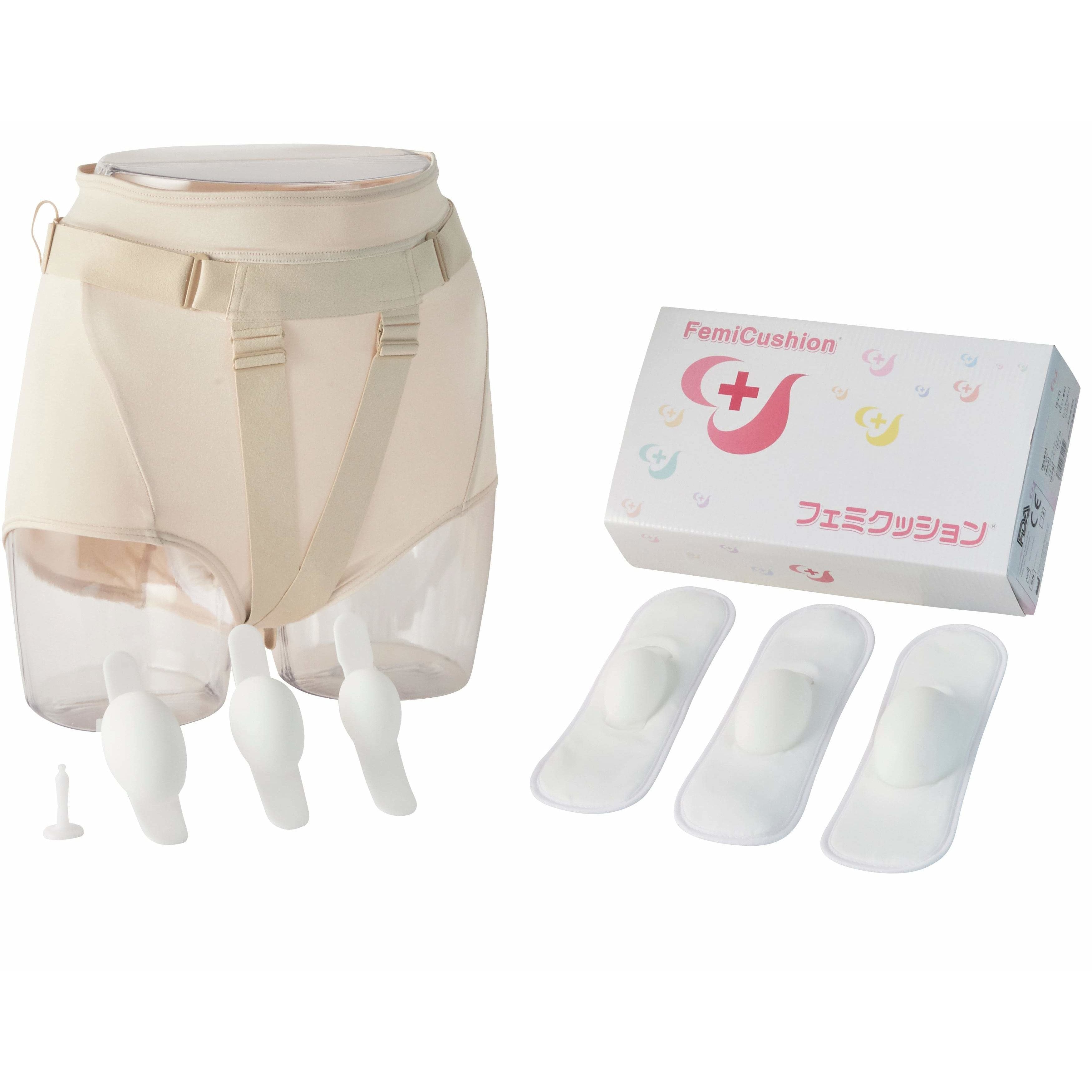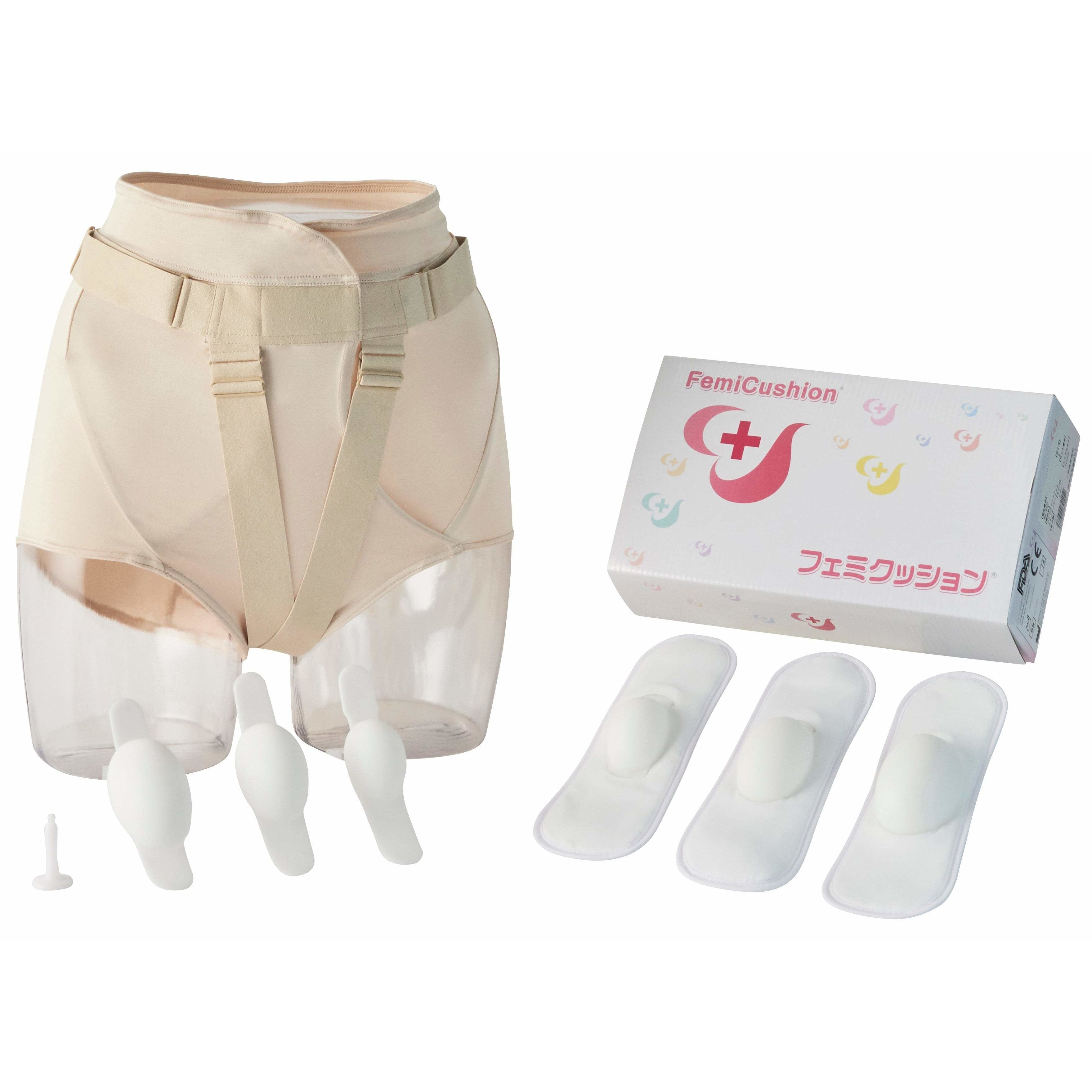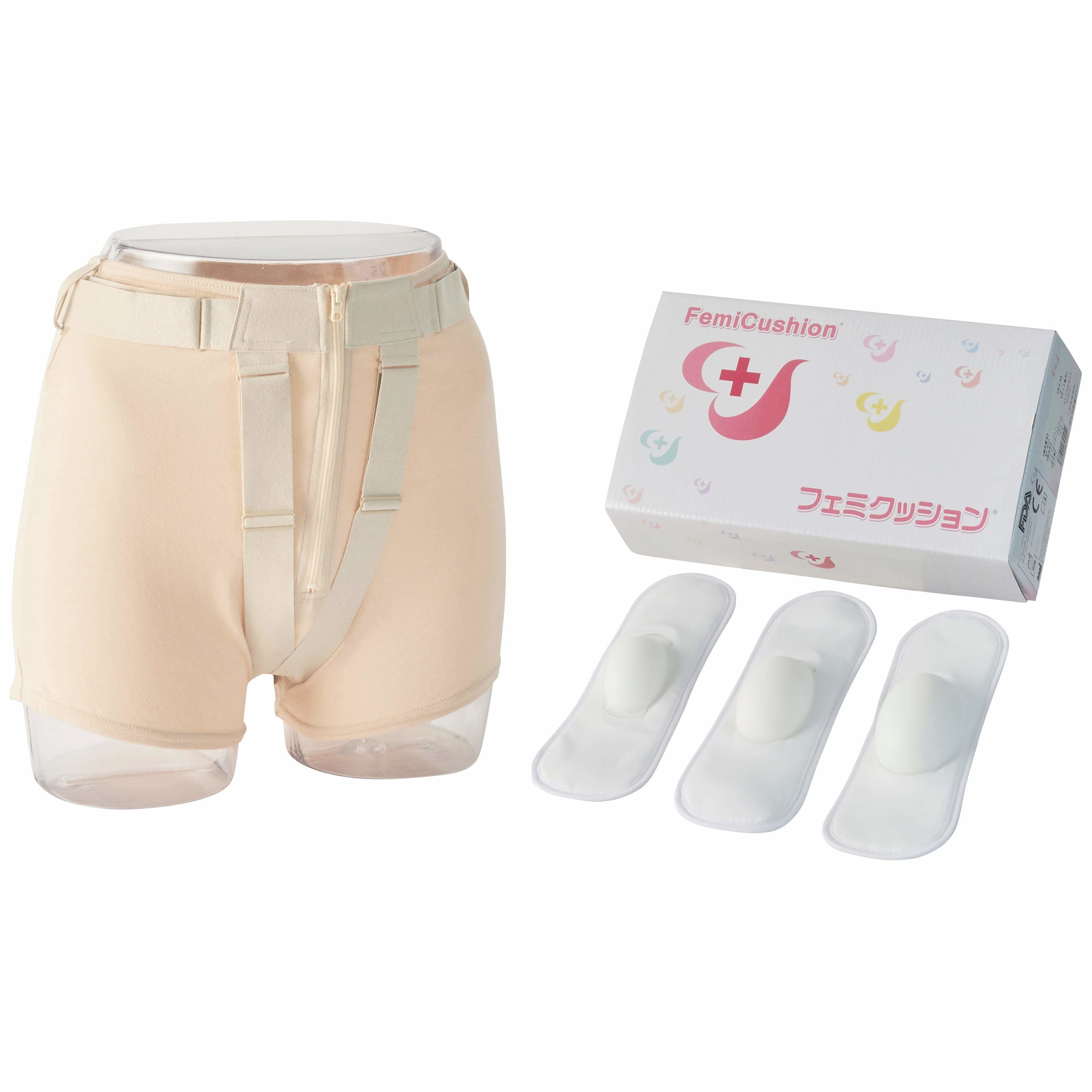Prolapsed Bladder and Cystocele Surgery
Summary
Table of Contents

The pelvic area houses some of the most important organs of the body. These organs are supported by various muscles, tissues, and ligaments. Sometimes certain stresses that the body goes through, such as pregnancy, difficult labor, childbirth, etc., weaken the support system of the pelvic organs. As a result, the pelvic organs drop down from their usual position and bulge out of the vagina.
If the tissues supporting the urinary bladder get stretched and weaken, it will cause the bladder to slip down and protrude out of the vagina. This condition is known as Bladder prolapse or Cystocele.
What is Prolapsed Bladder?
Prolapsed bladder or cystocele is a type of pelvic organ prolapse that develops when the tissues holding the urinary bladder (the organ that holds urine) are stretched or weakened due to certain bodily stresses, and the bladder droops out of the vaginal opening. This conditional although not life threatening can cause a lot of pain and discomfort, hindering women from living their day to day lives.
Bladder prolapse is more common than you think. According to experts, almost 50% of women who have given birth might have some degree of bladder prolapse. Cystocele can be divided into three grades:
Grade 1 (mild): The bladder slips down only a short way into the vagina.
Grade 2 (moderate): The bladder droops down just to the opening of the vagina.
Grade 3 (severe): The bladder protrudes through the opening of the vagina.
Cystocele can occur due to stresses like:
- Pregnancy and vaginal childbirth
- Being overweight or obese
- Repeated heavy lifting
- Straining during bowel movements
- Chronic cough or bronchitis
Symptoms of cystocele
Prolapse of the urinary bladder often goes unnoticed, especially when it has not progressed to an advanced stage. Typically, it comes up after you have undergone a routine pelvic exam. The symptoms of cystocele are:
- Feeling that some tissues bulged out of the vagina.
- Problems with urination
- Urinary incontinence
- Urge to urinate frequently
- Urinary tract infections.
- Feeling of heaviness and pain in the lower back.
- Pain and discomfort while standing, lifting, coughing, etc.
- Pain during sexual intercourse.
- Pain/ Discomfort inserting menstrual hygiene products.
Cystoceles are generally diagnosed during a pelvic exam. Your doctor may also advise you to get tests and imaging studies to check your pelvic area if he/she suspects anything wrong. You might have to get tests like:
- Cystoscopy
- Urodynamics
- X-rays
- Ultrasound
- MRI
Lower grades of cystocele might not require any treatment. Treatment options for higher grades of Cystocele include avoiding certain physically straining activities. Exercises like Kegels, using pessaries, pelvic belts to support the bladder, and hormone replacement therapy also help with a prolapsed bladder.
How does Cystocele Surgery help?
Cystocele surgery can help restore the urinary bladder to its normal position and prevent it from slipping down to the vaginal canal.
Types of Cystocle Surgery
There are different types of surgeries for cystocele and the type chosen will depend on the severity of the prolapse and the patient's individual needs. Some common types of cystocele surgeries include:
Anterior Colporrhaphy: This is a common type of cystocele surgery in which the surgeon makes an incision in the front wall of the vagina and repositions and tightens the tissues to support the bladder in place and correct the prolapse. Any excess tissue is then removed, and the vaginal wall is sutured back together.
Paravaginal Repair: This procedure is used for significant anterior vaginal wall prolapse due to defects in the lateral supporting tissues of the vagina. In this procedure, the surgeon focuses on repairing the lateral supports of the bladder. Incisions are made in the vaginal wall and attaches the bladder to the pelvic side calls to correct the positioning of the prolapsed bladder and provide additional support to prevent future prolapse.
Anterior Colporrhaphy with graft: This is a surgical technique where a graft of different materials are used to reinforce the weakened vaginal wall and support the bladder. Graft materials include autologous tissue, allografts, xenografts, and synthetic grafts. In 2011, the FDA issued a statement that banned use of surgical mesh in transvaginal repair of pelvic organ prolapse due to safety and effectiveness complications.
Robotic-Assisted Cystocele Repair: This is a minimally invasive technique that uses robotic arms controlled by the surgeon to perform precise movements during the surgery. Robotic-assisted cystocele repair offers potential benefits, such as smaller incisions, reduced blood loss, and shorter recovery times compared to traditional open surgeries.
Laparoscopic Cystocele Repair: Laparoscopic surgery is another minimally invasive approach where the surgeon makes small incisions in the abdomen and inserts surgical instruments, including a camera, to perform the repair. The surgeon uses the laparoscope to guide the procedure and make the necessary repairs to the anterior vaginal wall.
Process of Cystocele Surgery
The process leading up to the surgery and surgery itself can differ depending of the type of surgery that is performed. Preoperative preparation includes thorough evaluation, including a medical history review, physical examination, blood work and imaging tests. For anesthesia, the patient will be given general anesthesia, ensuring that they are unconscious and pain-free during the procedure. The patient will undergo the procedure depending on the type of surgery advised. Typically the surgery process includes: vaginal incisions, correcting the position of the bladder, excess tissue removal if necessary, and closure of the incision. The doctor will then inform the patient of recovery and postoperative care as well as any follow-up appointments needed.
What to expect after Cystocele Surgery?
Typically, your doctor will discharge you and allow you to go home one day after surgery.
- After a cystocele surgery, your doctor will provide you with a catheter that will drain your urine from the bladder until it heals. Your doctor will remove the catheter before you leave the hospital.
- The doctor will also give you a gauze dressing in your vagina to control bleeding, which will also be removed before you leave the hospital.
- The stitches you get will get absorbed within a week or two.
- You can expect mild vagina bleeding or spotting after the surgery. Your doctor will be advised to stock up on sanitary pads at home. You are going to need them.
- Showering is allowed after you return home, but you would be recommended against bathing or soaking in a hot tub or pool.
- Make sure you follow up with your doctor 2 weeks after the surgery.
- Avoid lifting heavy objects and strenuous exercises (like running or jogging) for at least 6 weeks after the surgery.
- Avoid having intercourse or using tampons or other insertable menstrual products for 6 weeks after surgery.
Frequently Asked Questions
What may be some side effects of bladder prolapse surgery?
There is always some amount of risk involved in any surgery. The common side effects that you may face after bladder prolapse surgery include:
- Problem with urination (urinary incontinence)
- Difficulty in emptying the bladder
- Pain during sex
- Urinary tract Infection
- Bladder injury
- Risk of developing fistula (an abnormal connection between organs).
Is bladder repair surgery a permanent solution?
Though most women experience good results after the surgery, there is about a 30% risk of recurrence and the prolapse comes back. In some cases, the bladder may need to be removed, or you may need a reconstructive procedure.
What are the chances of having prolapse again after surgery?
Yes. Studies show that there is a 30% risk of bladder prolapse reoccurring after cystocele surgery. However, evidence suggests that complementary approaches like support belts or Kegel exercises is beneficial.
How much does it cost?
Typically, a bladder repair surgery costs between $7,000 to $13,000, depending upon the extent of the issue.
What are some non-surgical treatments for cystocele?
Not all women are comfortable or suitable to undergo surgery. Some non-surgical treatment options include pessaries, pelvic floor therapy, biofeedback, hormone replacement therapy, and external supporter belts like FemiCushion.
Supervising Doctor of This Article

Koichi Nagao, MD PhD
Professor, Department of Urology, Toho University Faculty of Medicine
Director of Urinary tract reconstruction center, Toho University Omori Medical Center
Director of Reproduction Center, Toho University Omori Medical Center
Professor Nagao specializes in plastic surgery in the field of reproductive medicine. He completed eight years of plastic surgery training at Showa University before majoring in urology at Toho University. With his meticulous surgical techniques and careful examinations that combines urology and plastic surgery, Professor Nagao became a Board Certified Specialist with multiple associations including the Japanese Urological Association, the Japan Society for Reproductive Medicine, and the Japanese Society for Sexual Medicine.
The suggested Products

مجموعة أدوات Deluxe Standard Deluxe Kit
$299.99

مجموعة FemiCushion EasyOpen Deluxe
$299.99

مجموعة أدوات FemiCuslion Lite
$249.99
